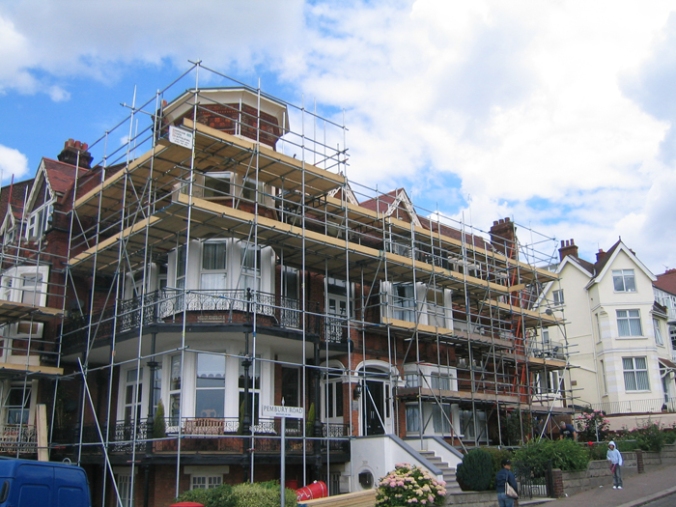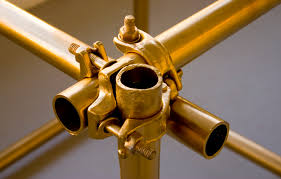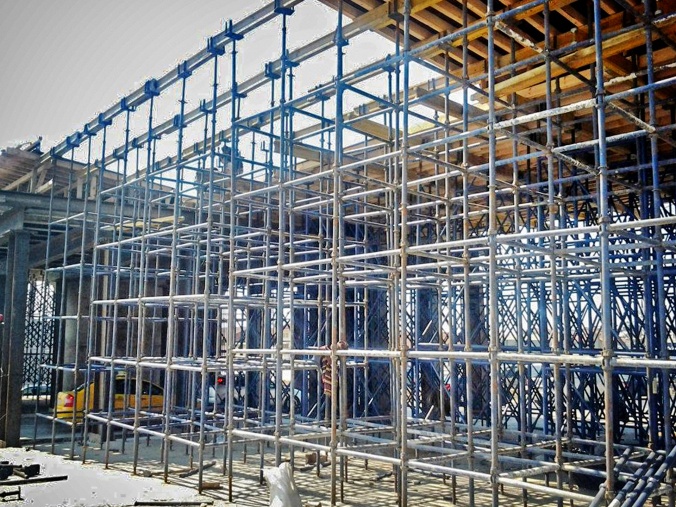 Do you often worry about your workplace safety during construction? Wondering whether inspecting your structures will be a wise decision? Trust us; opting for scaffold inspection can undoubtedly be your best way to ensure the safety of your workers!
Do you often worry about your workplace safety during construction? Wondering whether inspecting your structures will be a wise decision? Trust us; opting for scaffold inspection can undoubtedly be your best way to ensure the safety of your workers!
At a time when OHSA is stressing more on the safety of workers, carrying out a thorough inspection prior to every work is of paramount importance. No matter what the height of your structure is, every scaffold needs to be examined by a competent person once it is erected and before it is being used. While you may consider inspection to be an easy process, reality is that you have to fulfil the requirements as specified in the ‘Work at Height Regulations, 2005’.
Keep reading to know everything you need to know about scaffold inspection!
Scaffolding In Eltham: Questions To Ask For A Proper Inspection
1. Is Scaffold Inspection Essential Even After The Initial Inspection?
Yes. Even after you have undergone the initial inspection, scaffolding in Bromley should be inspected at regular intervals. This period should not exceed more than 7 days. Even when something happens which can have an impact on the safety of the structure, consider inspecting it at once. This includes vehicular impact, adverse climate conditions and removal of vital components.
2. When Should The Inspection Be Carried Out?
According to the Work at Height Regulations, your structure should be inspected when-
- Before using the structure for the first time after installation.
- After circumstances which could have an impact on the safety of the structure and the workers.
- When 7 days have passed since the last inspection.
3. Who Will Carry Out The Inspection?
Inspection of scaffolding in Eltham should always be carried out by well-qualified, well-experienced and competent individuals. Ensure that you are following the norms of the UK construction industry that a structure can be examined only by persons who have Scaffold Inspector Cards or hold Construction Industry Scaffolders Record Scheme (CISRS). This helps you to ensure that your structure is inspected by a person who is fully skilled and competent to inspect scaffolds.
4. Is Scaffold Inspection Necessary Even For Basic Scaffolding?
Yes. It’s your duty to ensure that the structure your workers are working on, is completely safe at all times. No matter whether your scaffolders in Eltham are working in a complex or non-complex structure, carrying out a thorough inspection is mandatory. According to the Work at Height Regulations Act, every structure should be inspected by a competent person before commencing with the work.
5. What Are The Inspection Requirements?
In every scaffolding inspection report, certain information must be fulfilled. These include-
- Name, address and position of the person who carried out your scaffold inspection
- Specification of the area where your inspection was carried out
- Time, date and location of the inspection
- Details of anything defective which was identified and the necessary action required
- Details of other necessary action
Now that you are aware of everything related to scaffold inspection, what are you still waiting for? Time to implement safe scaffolding!


 Pins and clamps are used for connecting all scaffold pieces together. These pins and clamps need to be checked regularly as even if a single pin or clamp comes out, it can affect the entire
Pins and clamps are used for connecting all scaffold pieces together. These pins and clamps need to be checked regularly as even if a single pin or clamp comes out, it can affect the entire 










